
my copy (cover by Alex Maleev)
This isn’t the first review I’ve done of this noir comic. When I first created a blog, this was one of the books that I was most internally divided upon; half of me loved it’s raw appeal and profane characters, while my other side felt it lacked sincerity (truth, even). I’ve decided to include an excerpt from my younger self, a sort of time capsule review of The Last Days of American Crime— I feel like much of it still fits:
The Last Days of American Crime follows a nobody thug named Graham Burke as he tries to pull off one last heist. The American Government is taking paper money out of the equation in favor of Federally-Controlled electronic credits. Also, they intend to broadcast a signal country-wide that will effectively brainwash the populous, making it impossible for any citizen to knowingly break the law. Initially, Graham has to hire some new partners because the Mexican gang he was allied with double-crossed him (and he “burned” them for it). He hired Kevin (a safe cracking specialist) and his girlfriend Shelby (who knows her way around computers (and the bedroom *wink)). Kevin says he knows where to find a laser cutter, and he leaves Graham and Shelby to prepare for the heist. The problem is Graham’s old partners want back in, and they are willing to do anything to get revenge.
Remender seems to let his pen trace the edge of the taboo and outré, slicing the “politically correct” and daring all to be offended. He forces his readers to the cliff of what they will accept, and then he shoves them just as they were achieving balance. I admire his daring, but I wonder how much of his writing is tied down by this gimmick. Is he a good author because of his extreme style and taste? or are his depictions of the bizarre and offensive a smokescreen for poor writing? For me, it’s too early to say.
Even now, a few years later, I’m not sure about Remender’s style. Certainly I feel that he deserves merit for his literary accomplishments, but there’s some perfume clinging to his work that smells insincere and contrived. As a reader, I recognized that the plot was pushing boundaries– but it felt…unnatural. Overall, I’m pleased with the appraisal delivered by my younger self, and I could definitely see his point while re-reading this comic.
The noir definition vs. The Last Days of American Crime:
1) The Seedy Underworld
A futuristic Chicago underworld– not quite post-apocalyptic, but well on it’s way. Dive bars, condemned buildings, and chaotic streets aflame with debauchery and self-destruction.
2) The Anti-Hero
Graham is old and sour. He’s a security guard with a big idea, and a timeline that’s applying enough pressure to make him risky. He’s calculating and violent, unafraid of any hombre and lacks ties that would render a similar man vulnerable. He’s the sole caretaker of his Alzheimer’s diseased mother, and the proud proprietor of a trailer home. As a character, he’s static and predictable.

Graham (via mainstreamclub.org)
3) The Femme Fatale
Shelby Dupree is an exquisite femme fatale– she’s manipulative and beautiful, with her alliances set to roulette. She’s the most dynamic character in the story, and easily the best creation of the piece. Yet she’s still a victim of the classic noir male-author pitfall; she’s completely male-defined– the silver lining is that from her first scene to the last panel, you can’t trust her. I got the feeling that she was betting on horses (each of the male characters) and because she bet on all of them she’s bound to win something in the end. I loved that.
4) Misogyny
Within The Last Days of American Crime, horrible violence is perpetrated against females (to be fair, all of the characters are victims of violence, but the women take more than their fair share). I’m willing to bet that this comic would upset most female readers (I know it upset me).
5) Redemption
Not as much of a redemption theme as you’d think– at least not for Graham. For Shelby, I can see a redemption plot line pretty clearly, but even this is minimal. No, this story is about money– its a smash and grab bank robbery at heart; redeem us from our poverty! redeem us from government control!

Shelby (via comicbookdaily.com)
6) Eroticism
Greg Tocchini locks this theme down. Rick’s dialogue was alright, but there are a couple scenes that are incredibly sexy just because of the way they’re drawn. Mr. Tocchini has an superb gift, and I admit he was the primary reason that I re-read the comic. Conversely, there are many scenes that try to be erotic and come off as disgusting– just rote crap that panders to teenage boys and requires zero finesse.
7) The Loss of Innocence
The Last Days of American Crime has many scenes that are meant to shock you as a reader. The trouble is where to find the line drawn between progressive authorial intent and contrived B.S. — You’ll have to read it and tell me I’m wrong.
8 ) Smoke
All the butts in all the trays– the tobacco tar grime stains our fingers as we turn page to page. Delightful.

(via mainstreamclub.org)
9) Emasculation
This theme is the most prevalent in the noir comic– each of the men are afraid that they’re being manipulated or played by Shelby (and of course they all are). Additionally, there is a blackmail scenario that involves one of Shelby’s beautiful girlfriends getting the best of Graham’s supervisor– and I don’t want to spoil it beyond that but it’s a complete blitz on his masculinity.
I was surprised by the ending because it wrapped up so nicely– I was prepped for a train-wreck, but the thing rattled through the chaos to a perfect conclusion (this bugged me a bit though, because noir comics shouldn’t leave us with warm fuzzies).
Read it if you’re not easily offended. Buy it for the art— it’s freaking awesome.






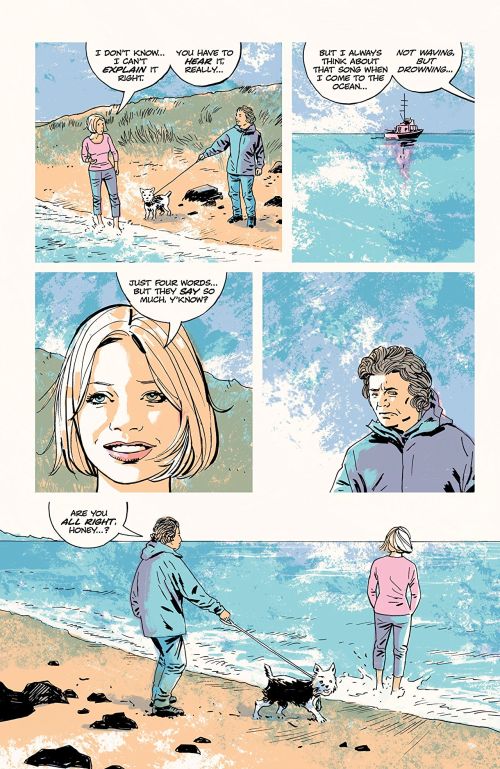










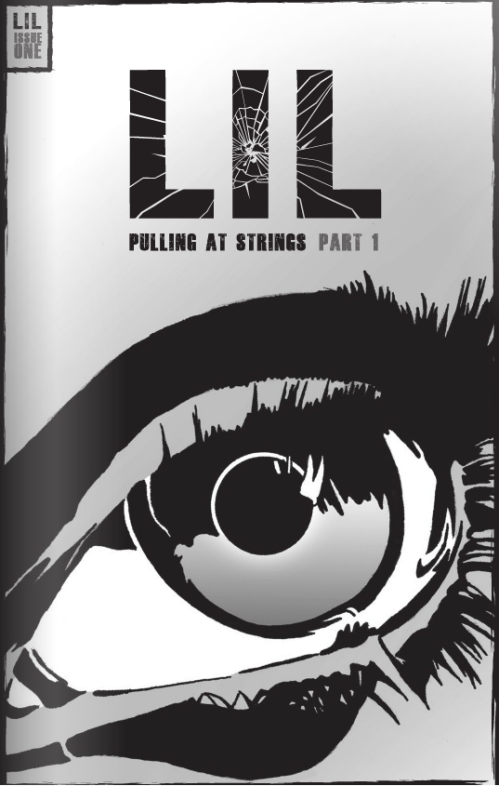































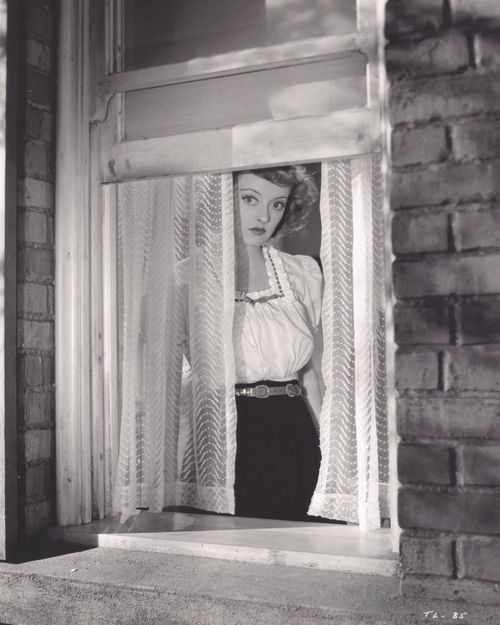
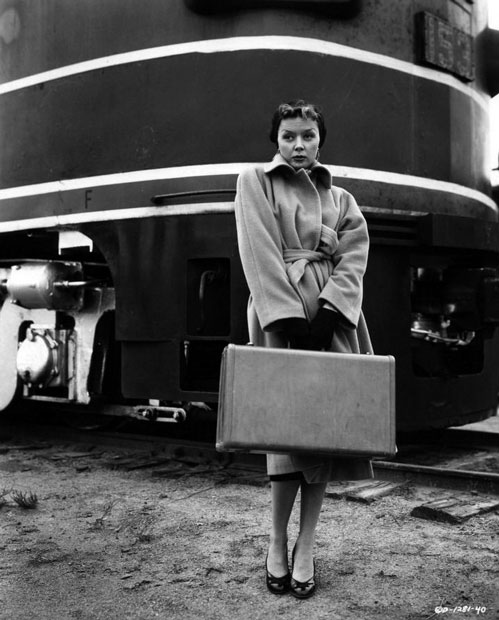

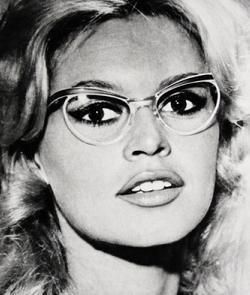
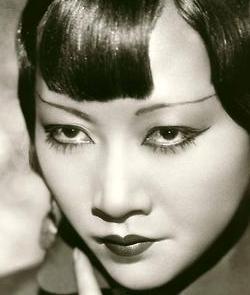

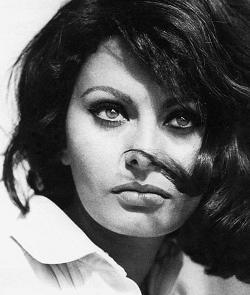
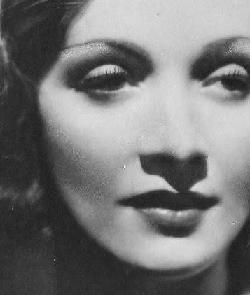
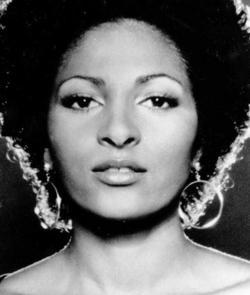
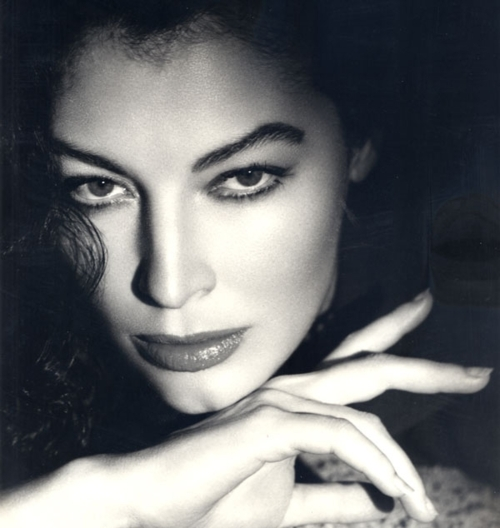






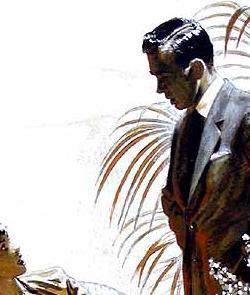
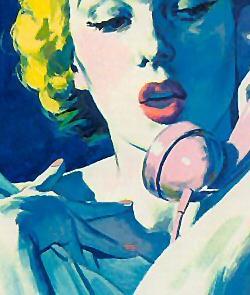
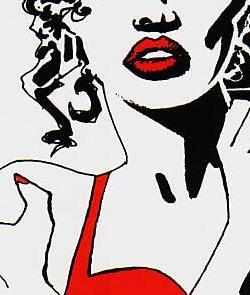
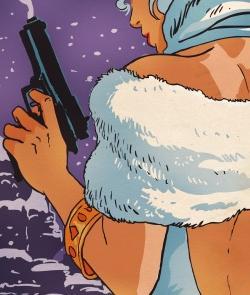
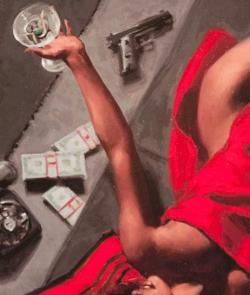
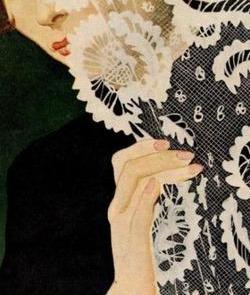
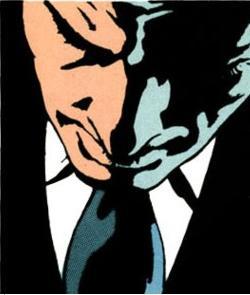

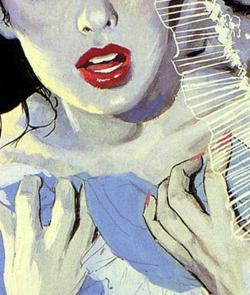
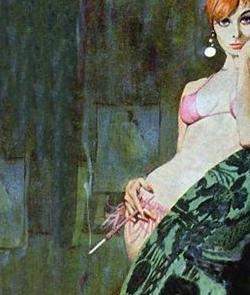
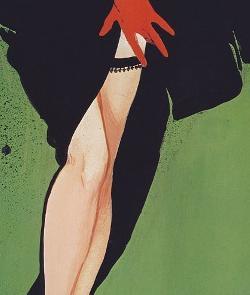


You must be logged in to post a comment.